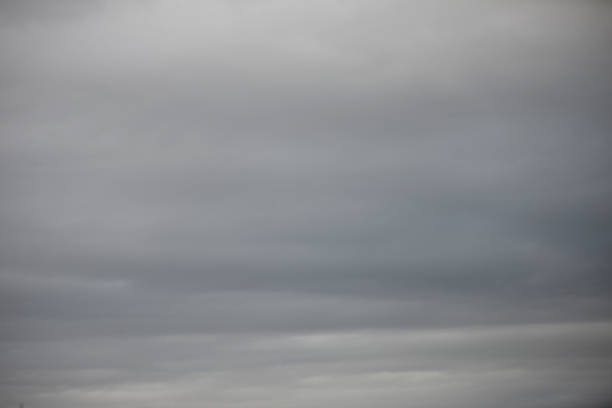What Exactly are Dust Devils?
Dusts Devils are a strange yet normal occurrence in the dry sandy deserts. Just mix up a day with rising temperatures and some wind and dirt devils spring to life.
Definition of Dust Devil
A small whirlwind containing sand or dust.
Description of Dust Devils
Dust Devils, sometimes called Dirt Devils, also known as whirlwinds or mini tornadoes, are relatively small, rotating columns of air that pick up dust or debris from the ground, making them visible. They are commonly seen in arid or desert areas, where the conditions for their formation are more favorable. Several factors contribute to the formation of dust devils:
- Surface Heating: One of the primary factors that lead to the formation of dust devils is intense surface heating. In desert or arid regions, the sun’s energy can heat the ground quickly, creating temperature differences between the hot ground and the cooler air above.
- Thermal Instability: As the ground heats up, the air in contact with it becomes warmer and less dense, causing it to rise. This rising warm air creates a localized area of low pressure at the surface, which in turn induces air from the surroundings to flow in and fill the void.
- Wind Shear: Wind shear refers to a change in wind speed and direction with altitude. In areas where there is significant wind shear, the difference in wind speed and direction between the surface and higher altitudes can contribute to the rotation of the rising air column.
- Surface Roughness: Uneven or rough terrain can also play a role in the formation of dust devils. Surface irregularities, such as rocks or vegetation, can create areas of differential heating and contribute to the generation of vortices.
- Coriolis Effect: While the Coriolis effect is more significant in larger atmospheric systems, it can still have a minor influence on the rotation of dust devils. The Coriolis effect is caused by the Earth’s rotation and can impart a slight spin to the rising air column.
When these factors combine, a rising column of warm, low-pressure air can begin to rotate due to wind shear and other atmospheric dynamics. As the rotating column draws in dust and debris from the ground, it becomes visible as a dust devil. Dust devils are usually small in scale compared to tornadoes and are not typically as destructive, but they can still pose some hazards, especially if they encounter people or vehicles.












